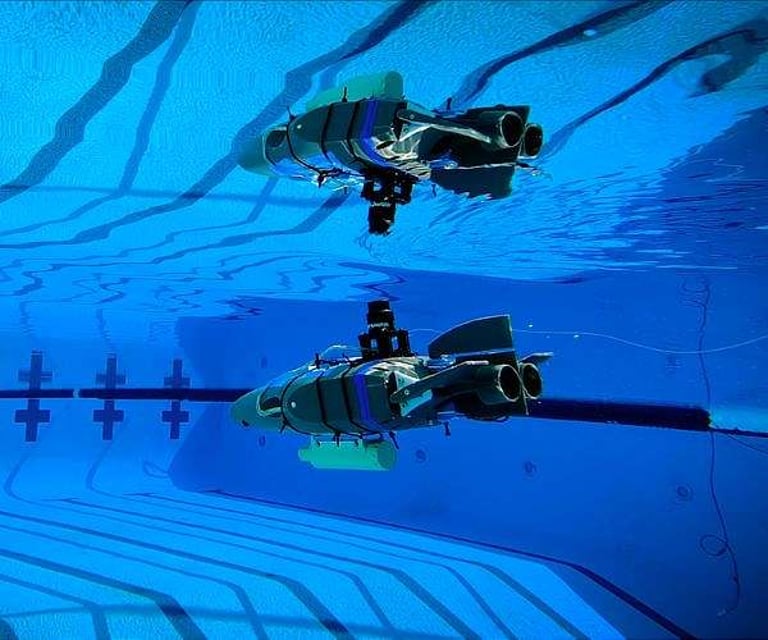NASA's Europa Clipper to Deploy Swarm of Underwater Robots in Search for Extraterrestrial Life
November 20, 2024
Digital simulations have been conducted to optimize the robots' design for exploring Europa's ocean, balancing battery life, exploration volume, and swarm size.
NASA's Europa Clipper spacecraft, launched in October 2024, is set to conduct 49 flybys of Jupiter's moon Europa in 2030, aiming to investigate its subsurface ocean for signs of habitability.
As part of this exploration, NASA's Jet Propulsion Laboratory (JPL) is developing a mission concept called SWIM (Sensing With Independent Micro-swimmer), which focuses on using underwater robots to search for signs of life in the icy moon's subsurface oceans.
Simulations suggest that a swarm of 5-inch robots could explore around 3 million cubic feet of water for up to two hours each, enhancing data collection strategies.
Ethan Schaler, the principal investigator for SWIM, highlights the importance of these robots in exploring environments with water, which is crucial for the search for extraterrestrial life.
Further development of the SWIM robots is anticipated over several years, with potential applications in oceanographic research on Earth as well.
The SWIM mission envisions deploying a swarm of self-propelled, cellphone-sized robots that will explore chemical and temperature signals after being delivered by an ice-melting cryobot.
Future space-bound versions of the SWIM robots are expected to be significantly smaller, approximately palm-sized, and equipped with advanced communication systems.
Collaboration with Georgia Tech has resulted in the development of a compact sensor that can measure various oceanic parameters, essential for the robots' scientific missions.
Prototypes of these underwater robots have been tested at Caltech, demonstrating successful autonomous navigation and data collection capabilities, with the latest model measuring 16.5 inches long and weighing 5 pounds.
To facilitate communication, a novel wireless underwater acoustic system is being developed for data transmission and positional triangulation among the robots.
Recent tests at Caltech involved over 20 trials in a swimming pool, showcasing the robots' ability to navigate autonomously and trace shapes underwater.
Summary based on 4 sources
Get a daily email with more Science stories
Sources

NASA • Nov 20, 2024
NASA Ocean World Explorers Have to Swim Before They Can Fly - NASA
Phys.org • Nov 20, 2024
NASA ocean world explorers have to swim before they can fly